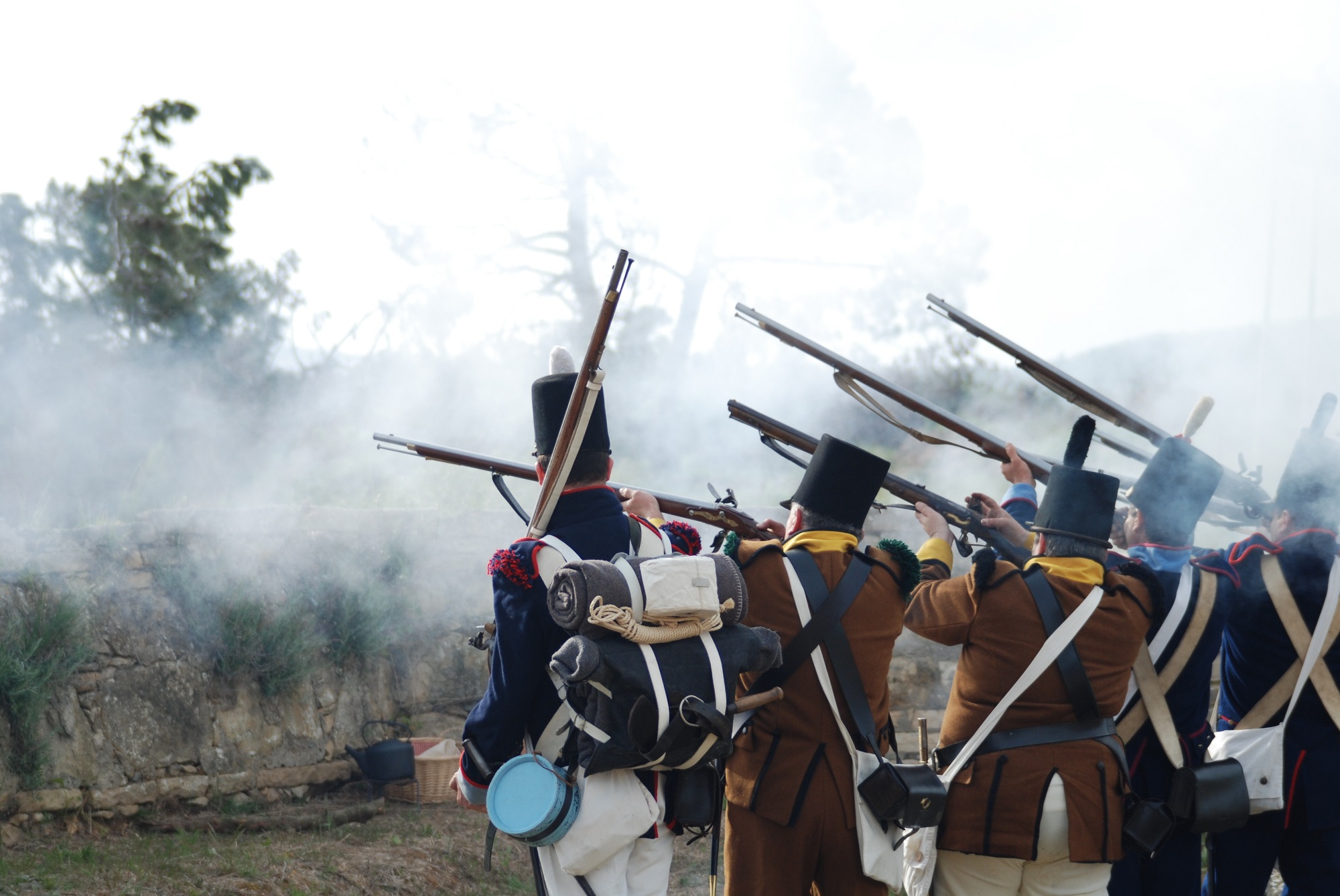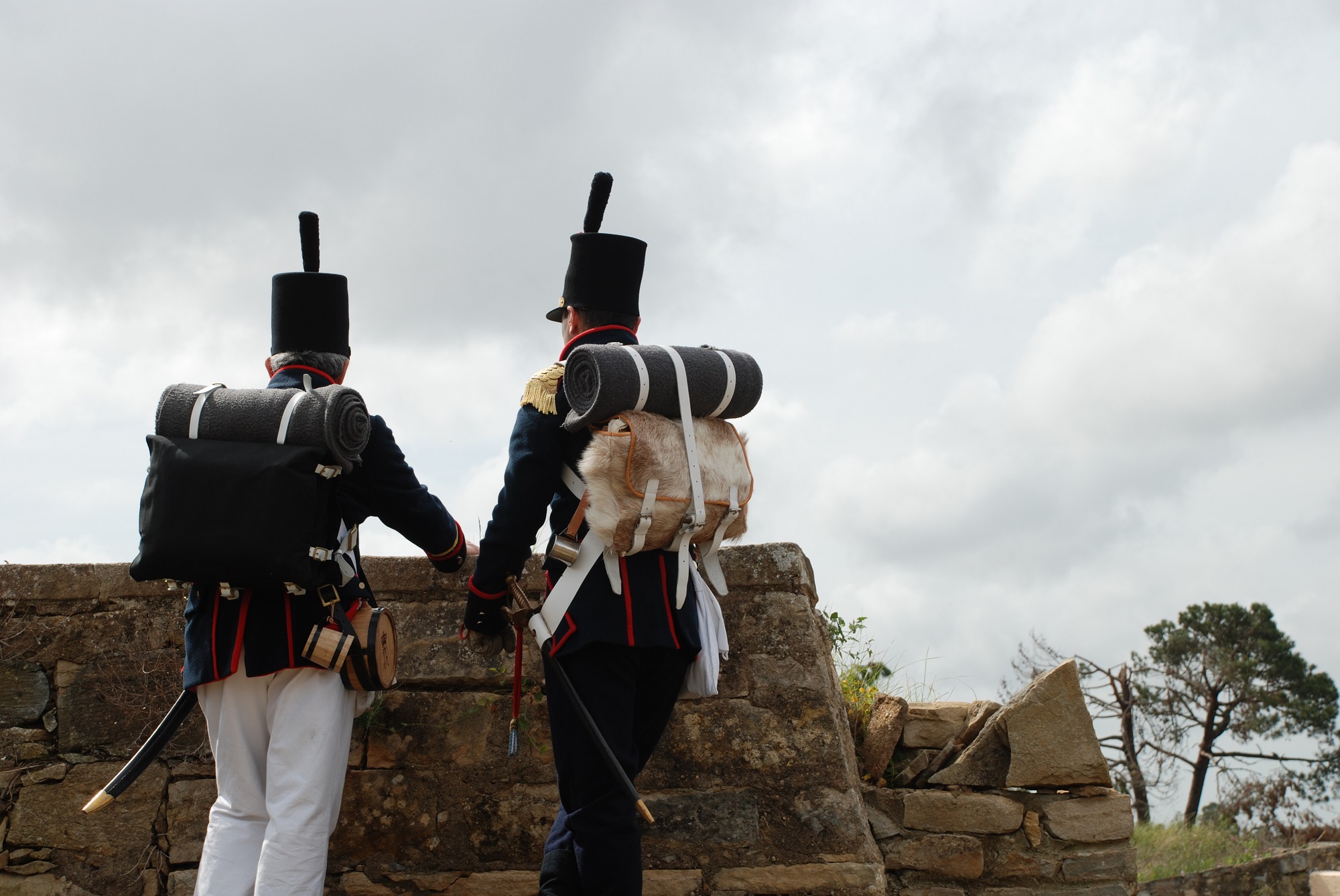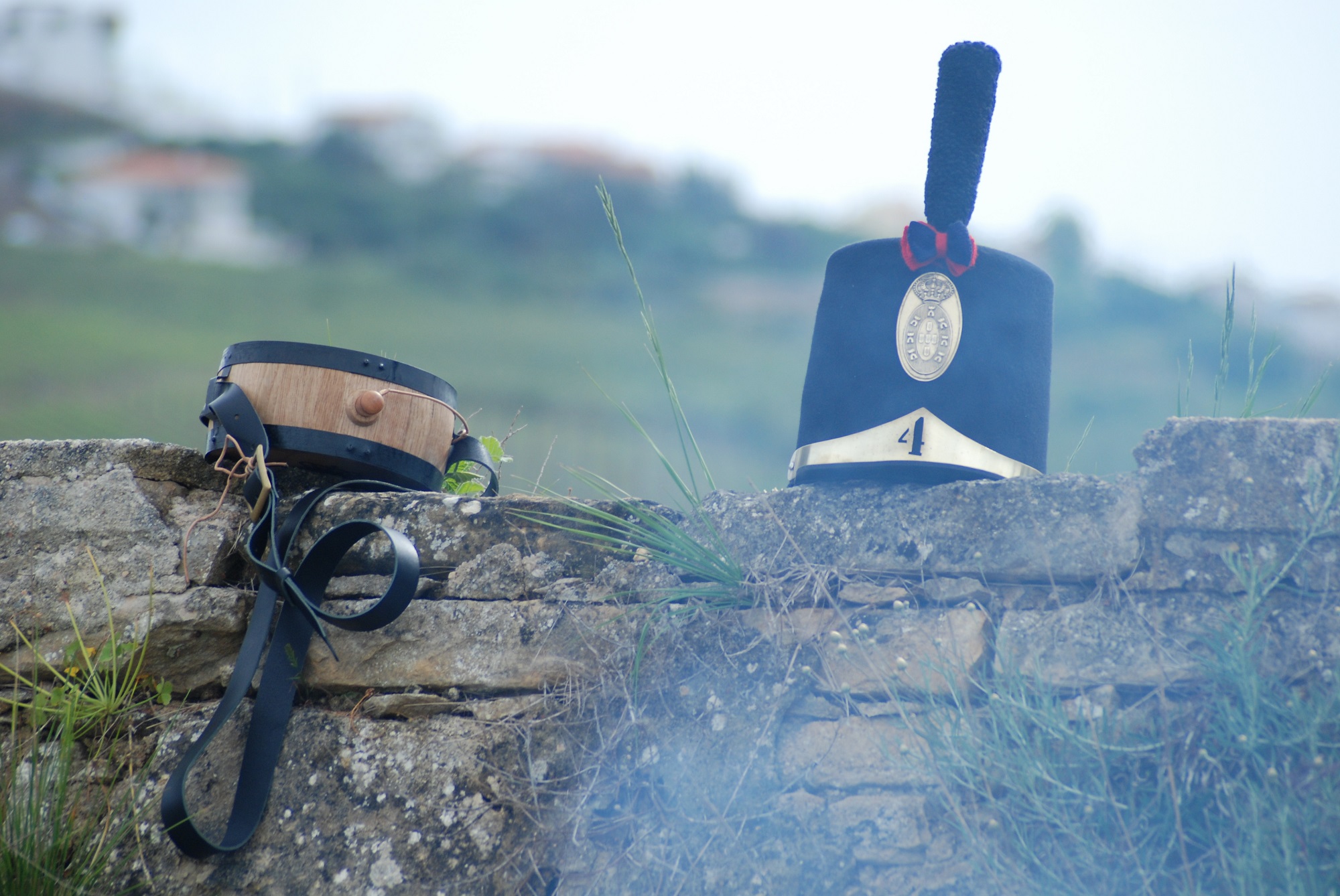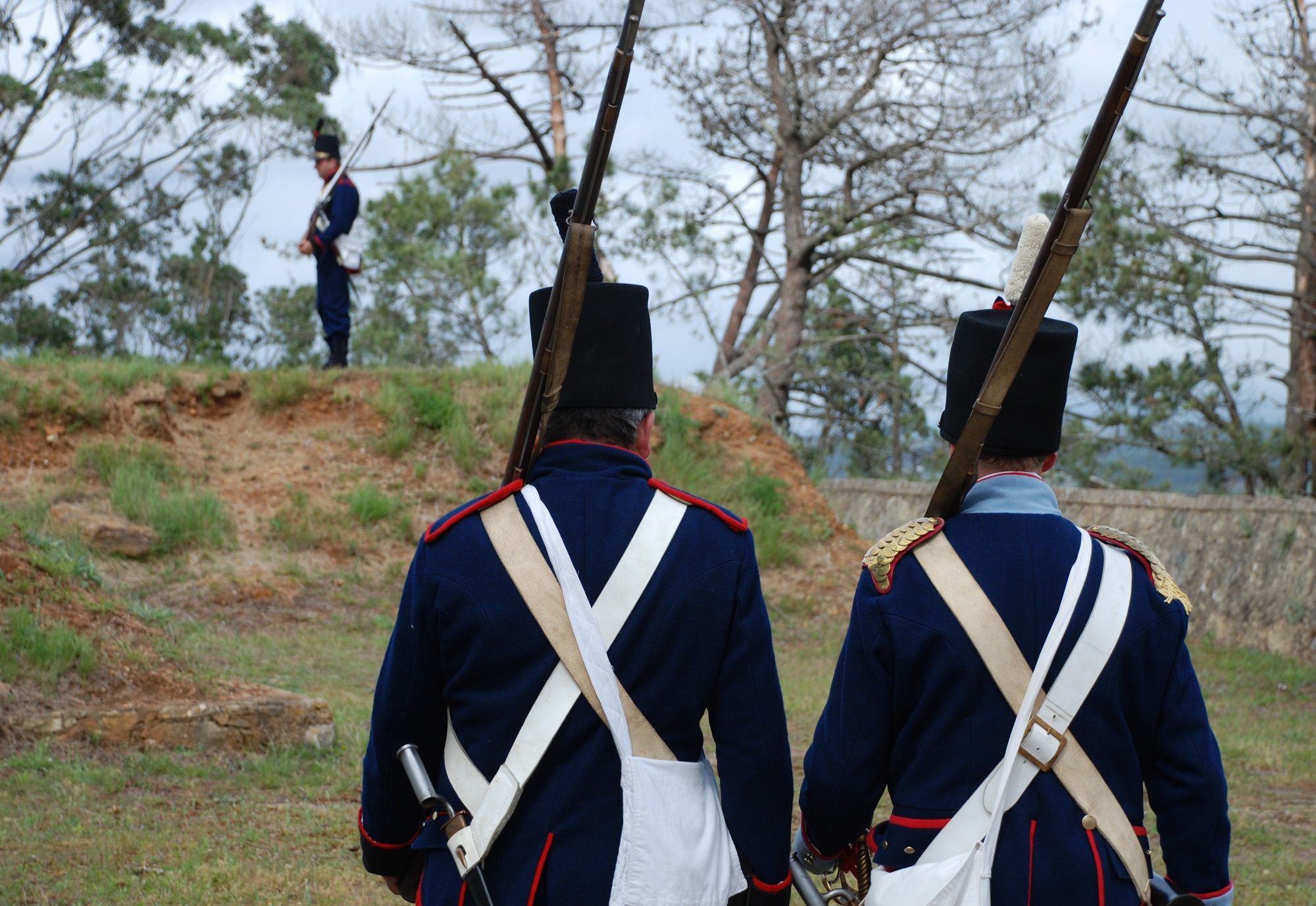As Linhas de Torres Vedras foram um sistema defensivo erguido a norte de Lisboa, entre 1809 e 1810, para defender a capital, aquando da terceira Invasão Francesa.

O futuro duque de Wellington traçou uma estratégia de defesa que consistiu em fortificar um conjunto de colinas, para controlar os caminhos de acesso à capital, aproveitando as características acidentadas do território. Este sistema, constituído por três linhas defensivas, estendia-se entre o oceano Atlântico e o rio Tejo, por mais de 85 km.
O grande objetivo consistia em manter Lisboa liberta das tropas francesas, não só pelo valor estratégico do seu porto mas, também, por razões de segurança, permitindo o embarque do contingente britânico em São Julião da Barra, em caso de insucesso militar.
Os trabalhos de construção iniciaram-se no outono de 1809 e, num período inferior a um ano, construíram-se 126 fortificações, estradas militares e barreiras físicas.
A cidade de Torres Vedras situa-se no ponto mais avançado da 1ª Linha, localizada a cerca de 13 quilómetros a norte da 2ª Linha. A 1ª Linha tinha uma extensão de 46 quilómetros, ligando Alhandra à Foz do Rio Sizandro. Como reforço das posições elevadas, foram preparados dispositivos para inundar os terrenos no vale do Sizandro, de modo a dificultar o seu atravessamento e a progressão por estrada.
O aperfeiçoamento das Linhas de Defesa de Lisboa prosseguiu até 1812, na expectativa de nova investida de Napoleão, o que não veio a acontecer. Foram construídas 152 obras militares, entre redutos e baterias, 37 das quais em Torres Vedras, apetrechadas com 523 peças de artilharia. O Forte de São Vicente, conjuntamente com o Reduto dos Olheiros, que lhe defende o flanco poente, constitui um dos principais pontos defensivos das Linhas de Torres Vedras.
Saiba mais em: www.rhlt.pt/pt/
 Contacte-nos
Contacte-nos



